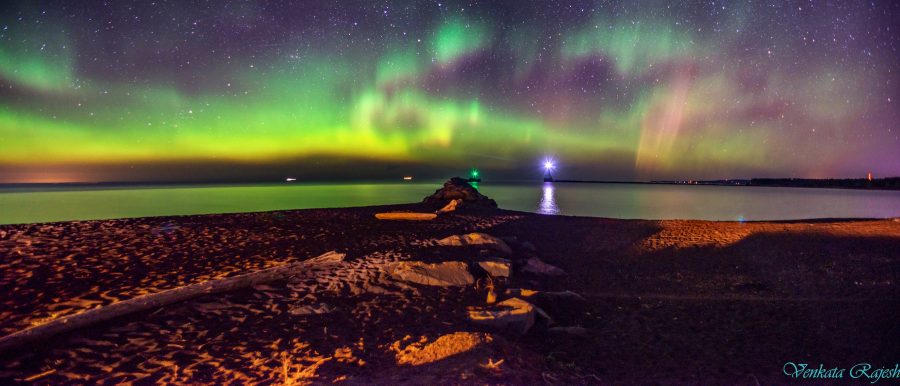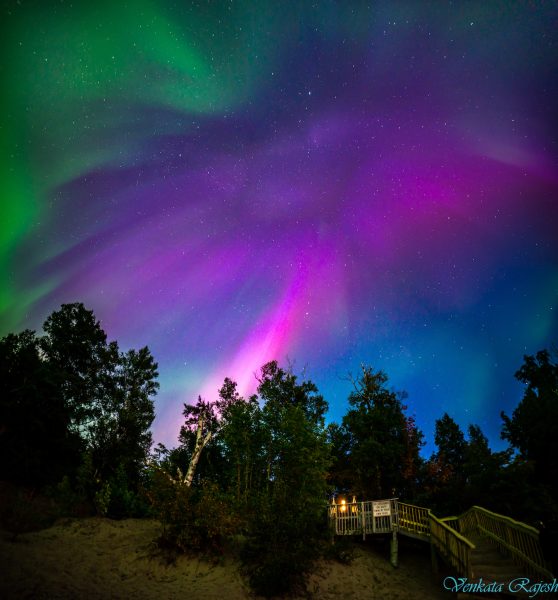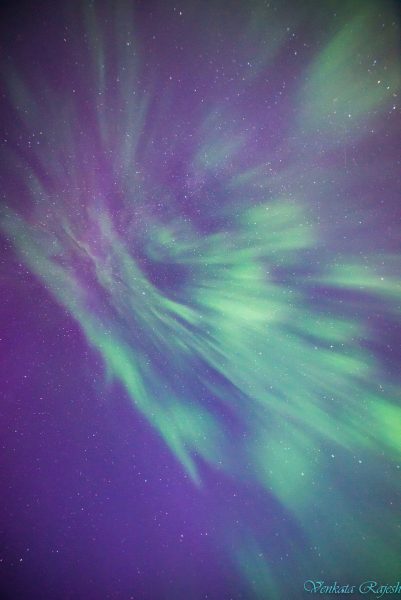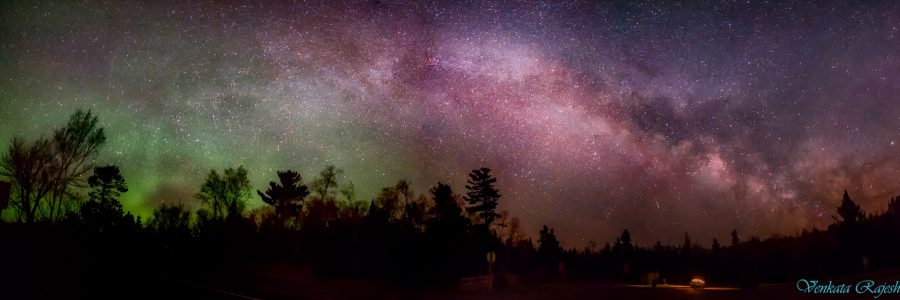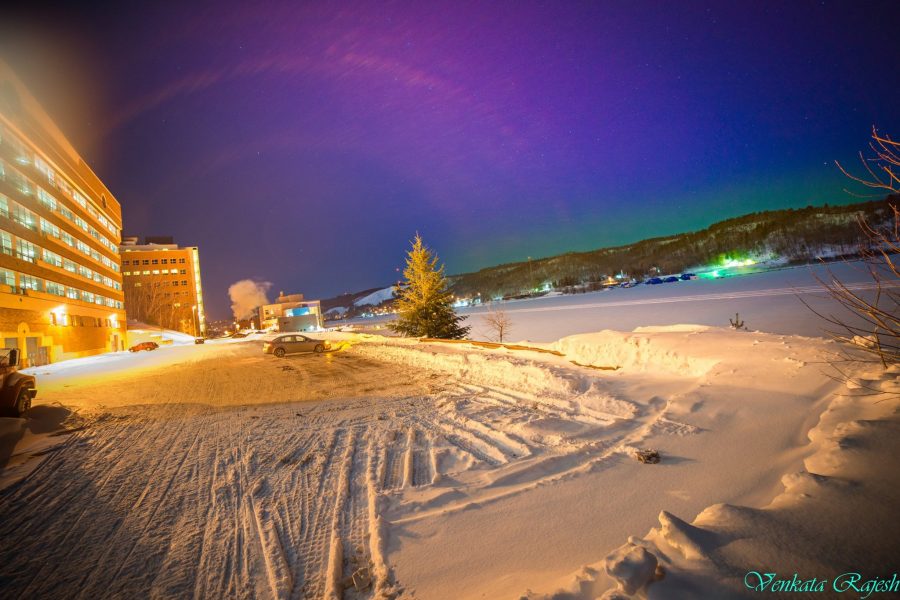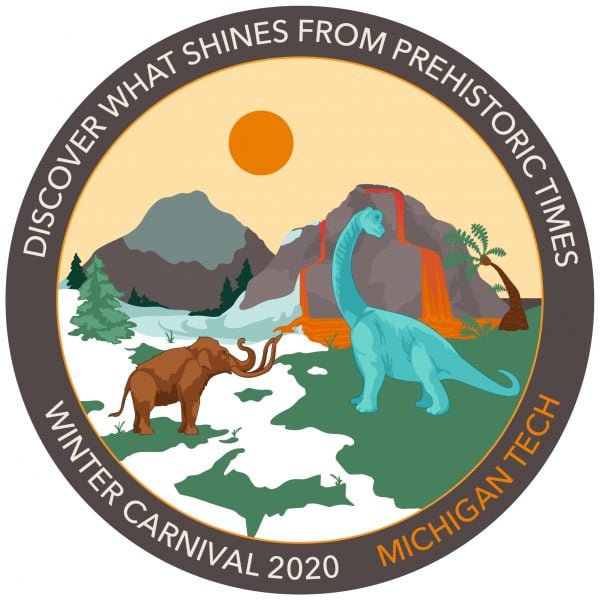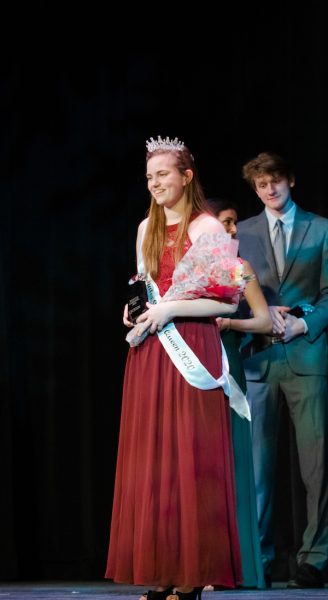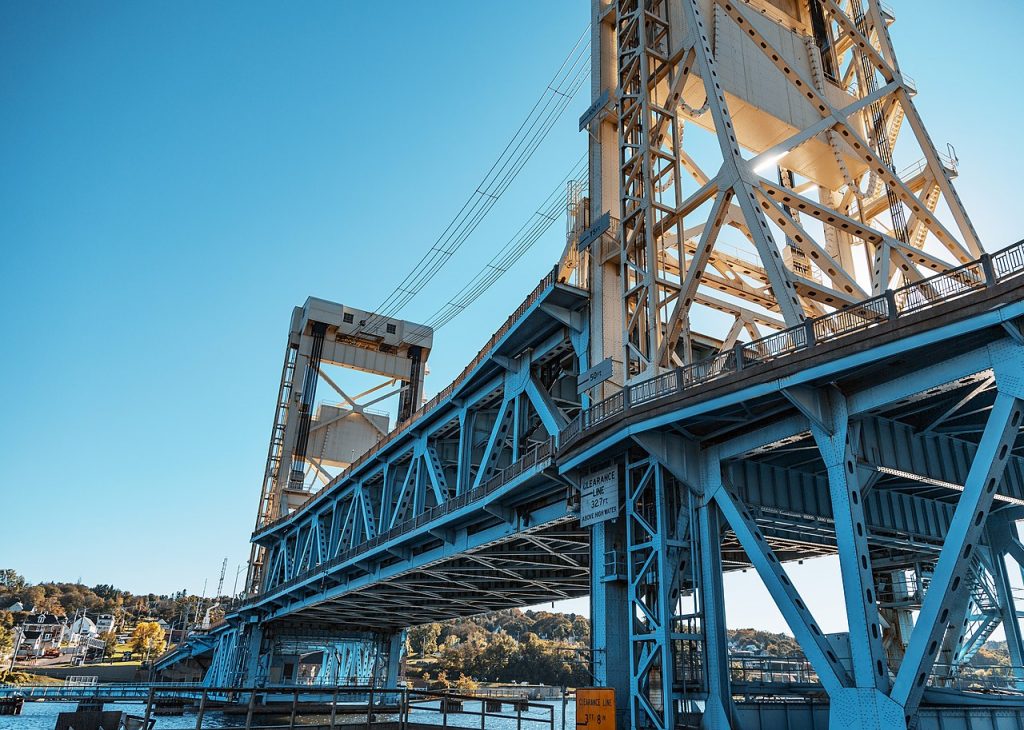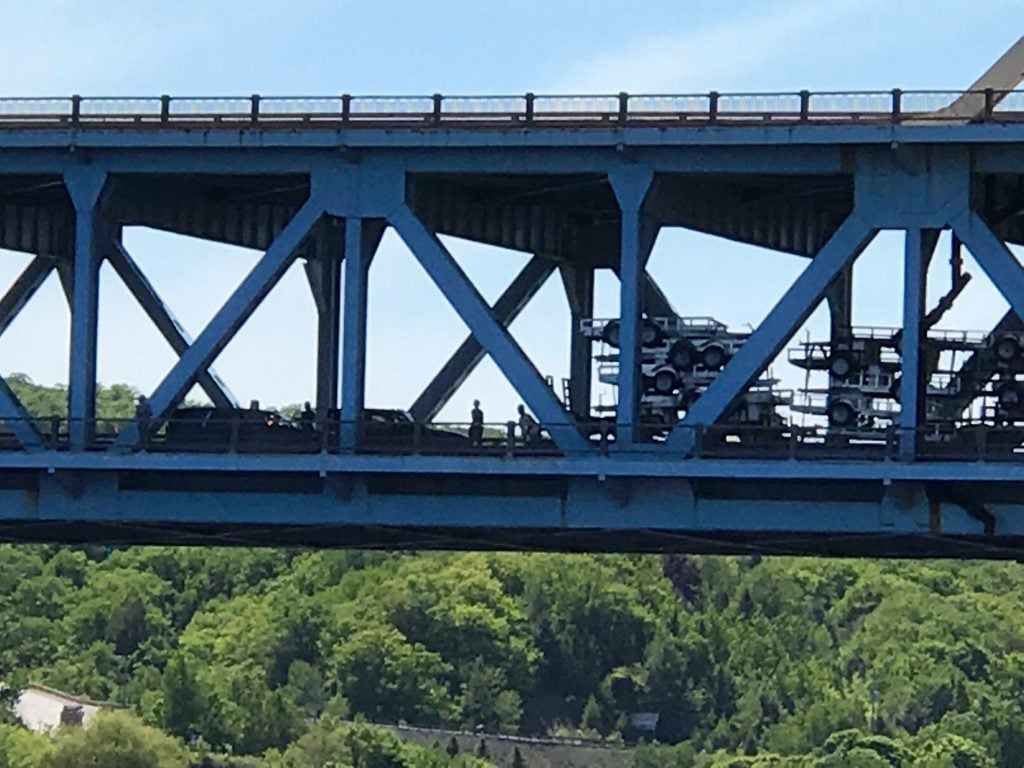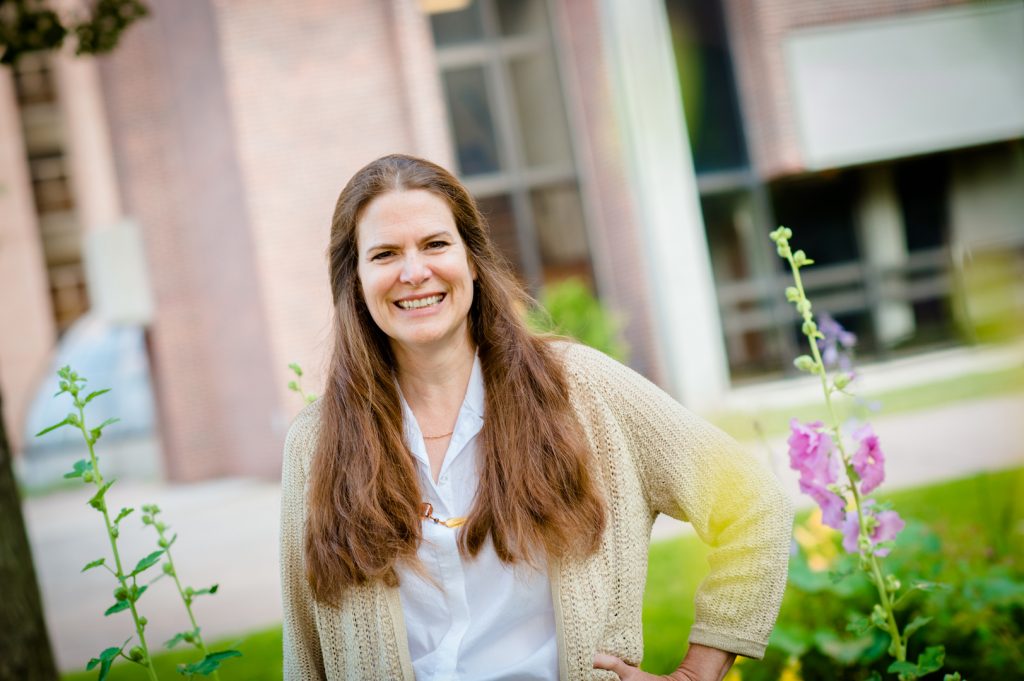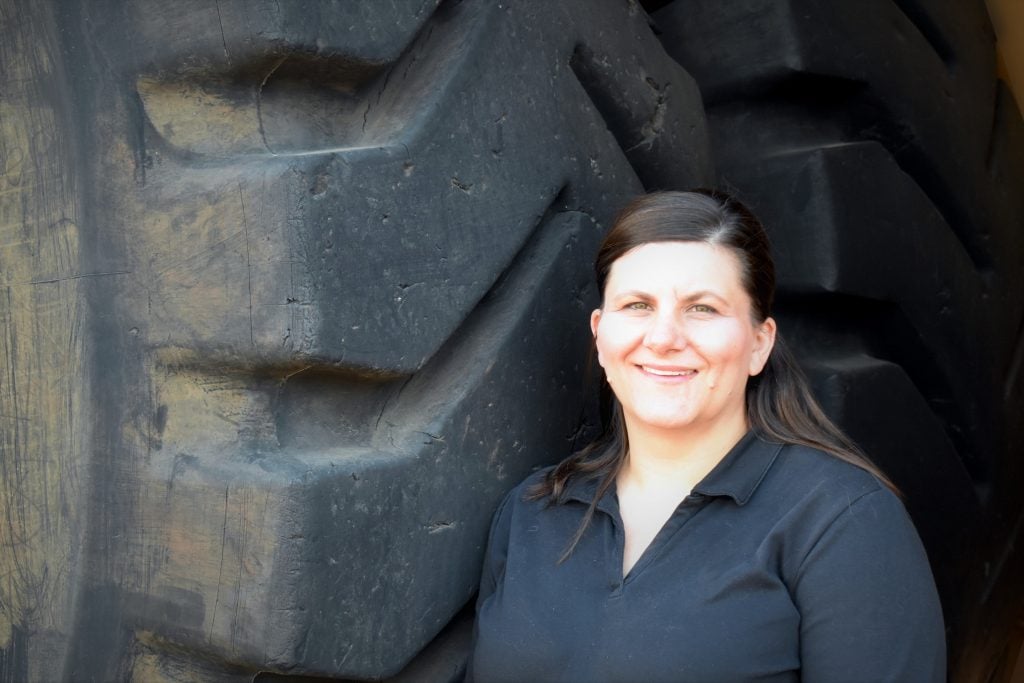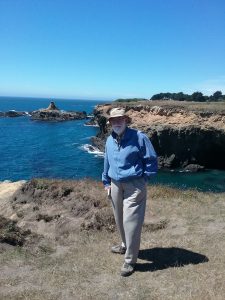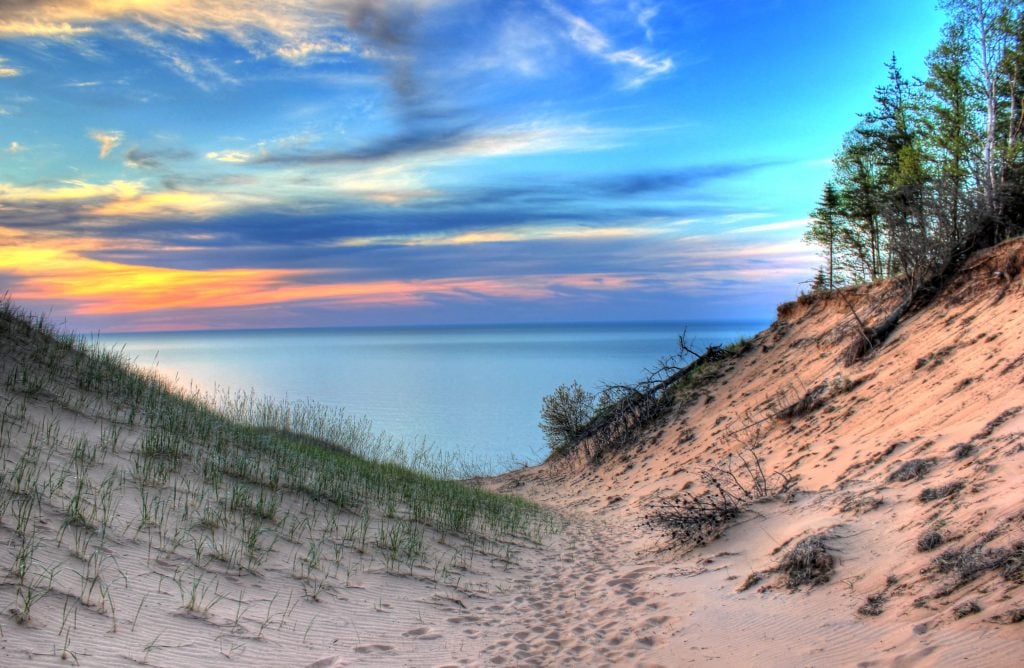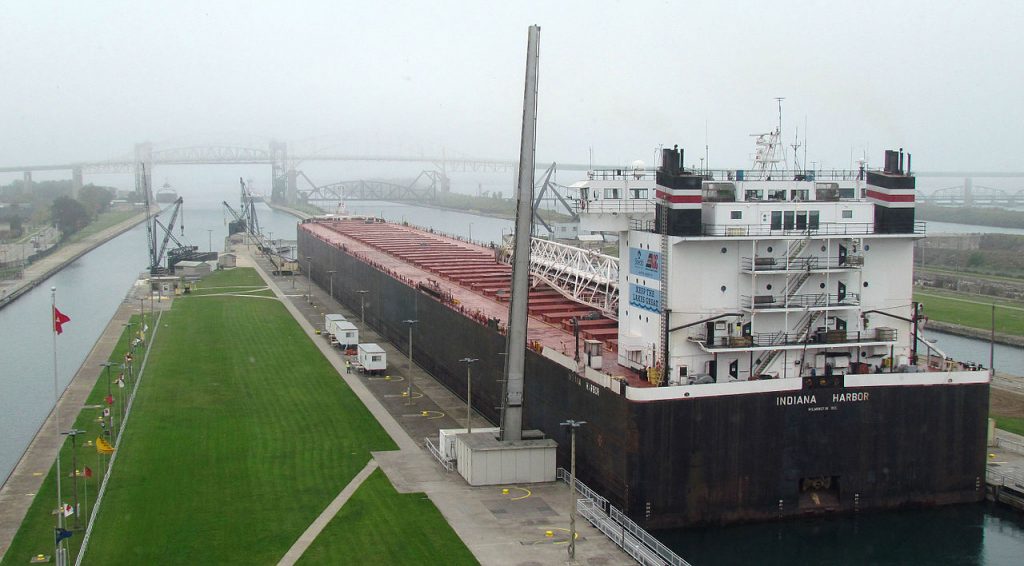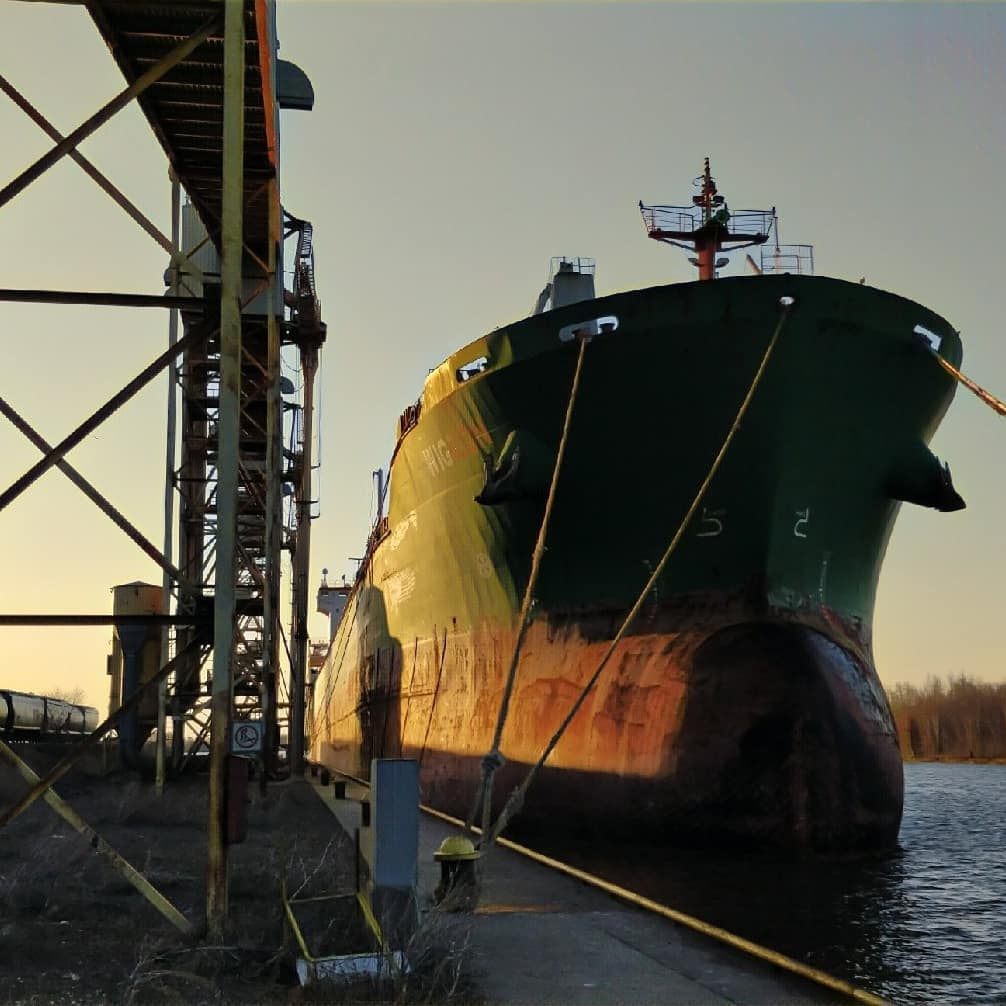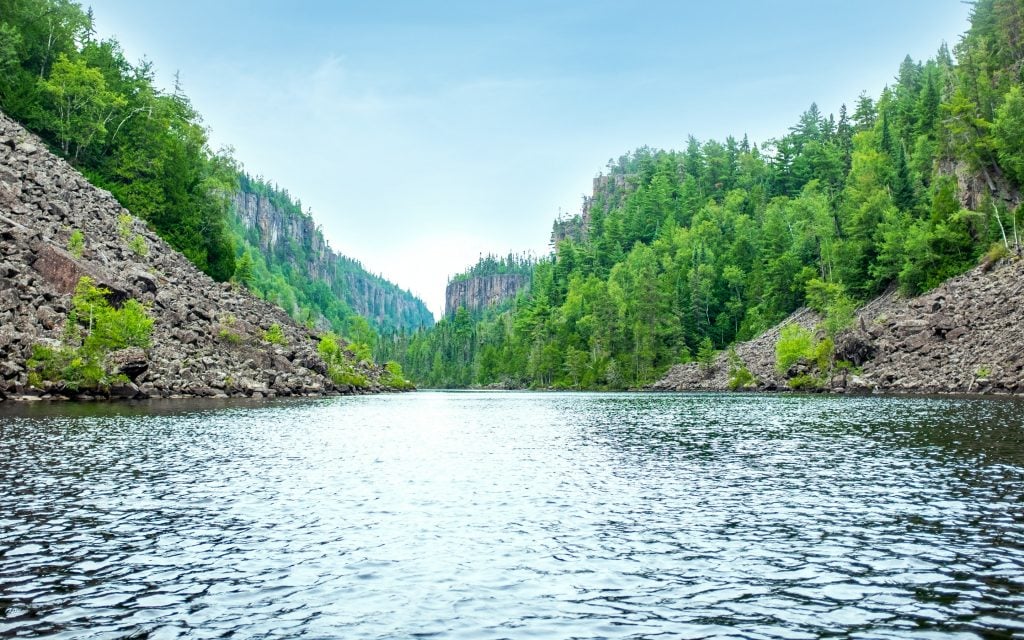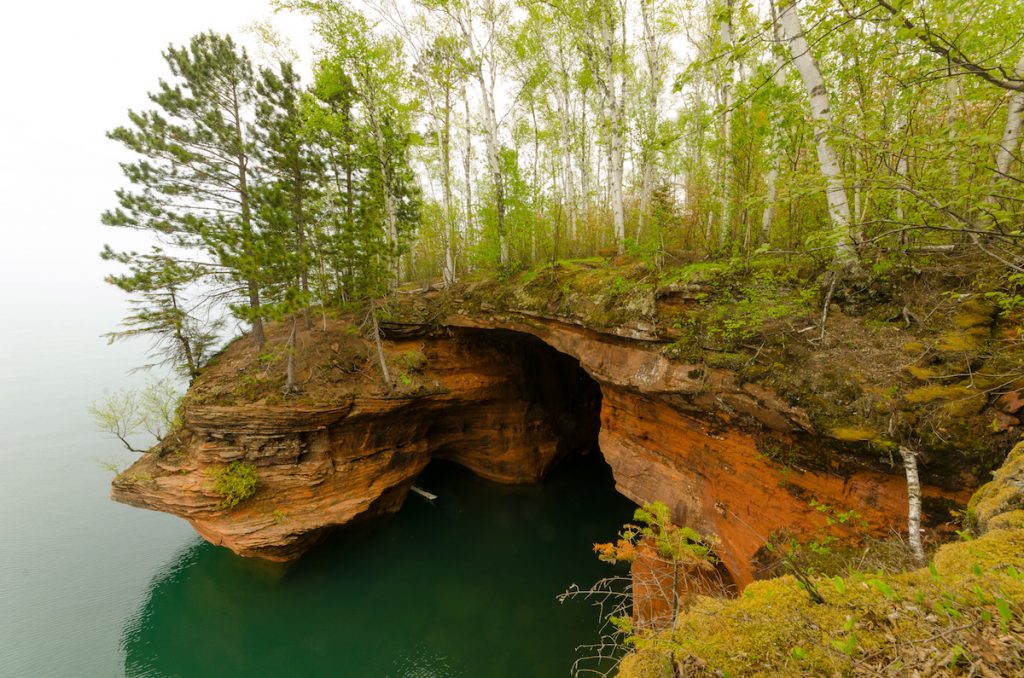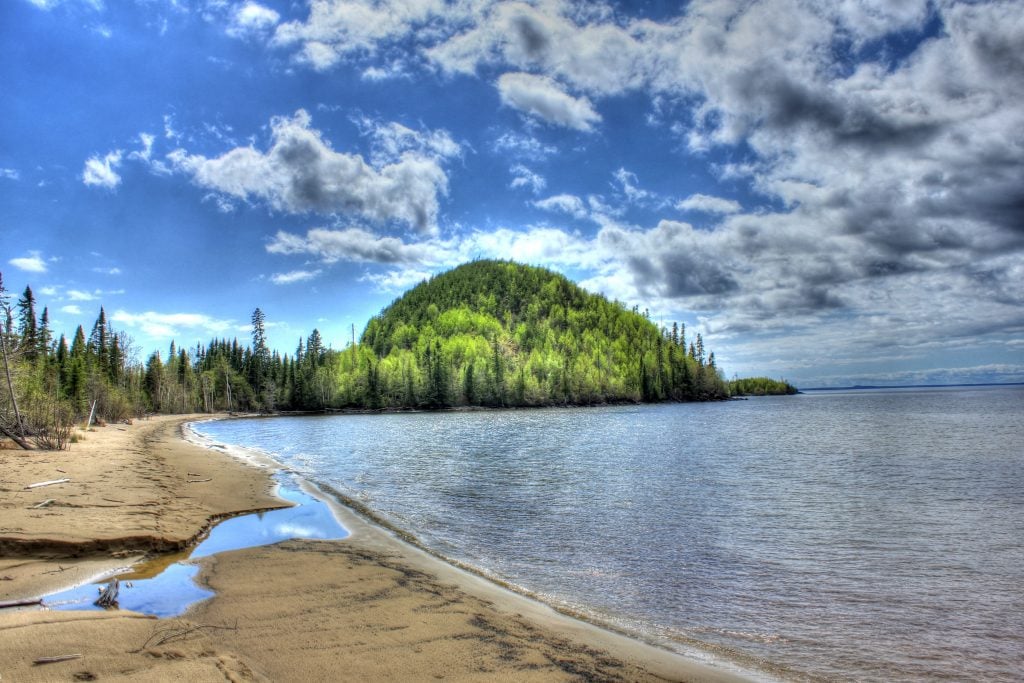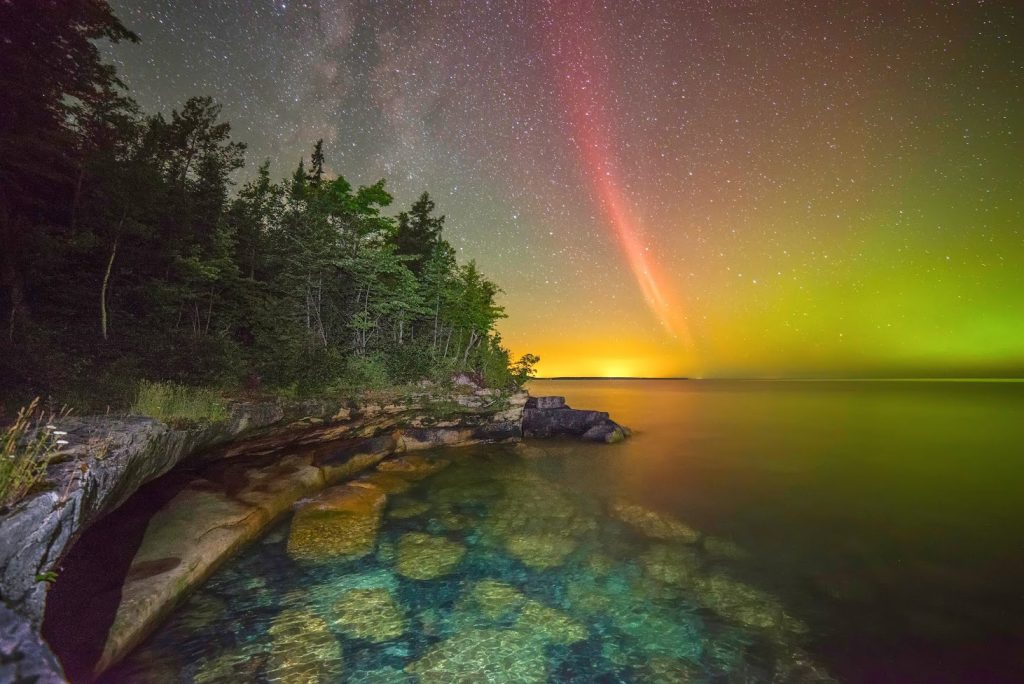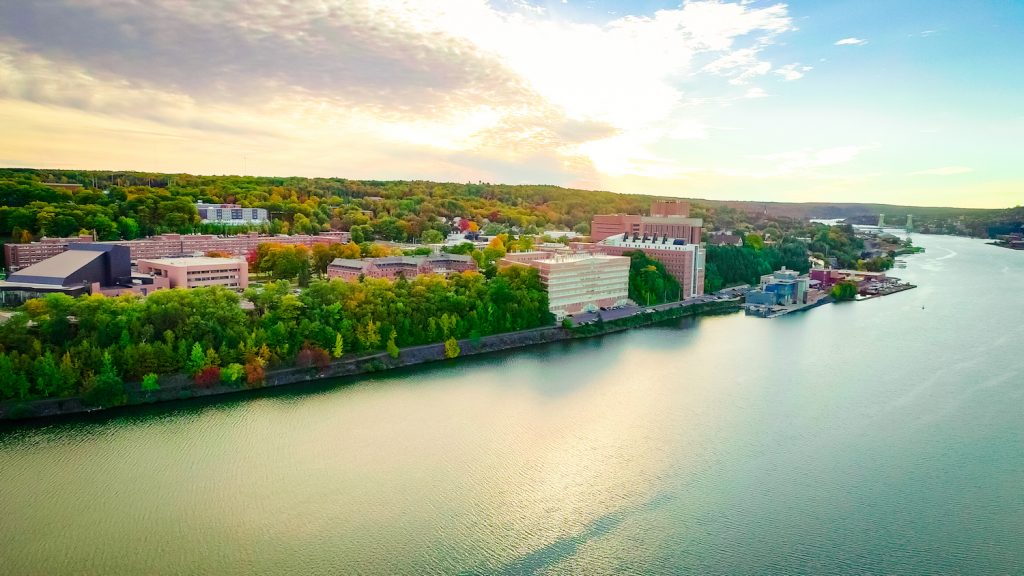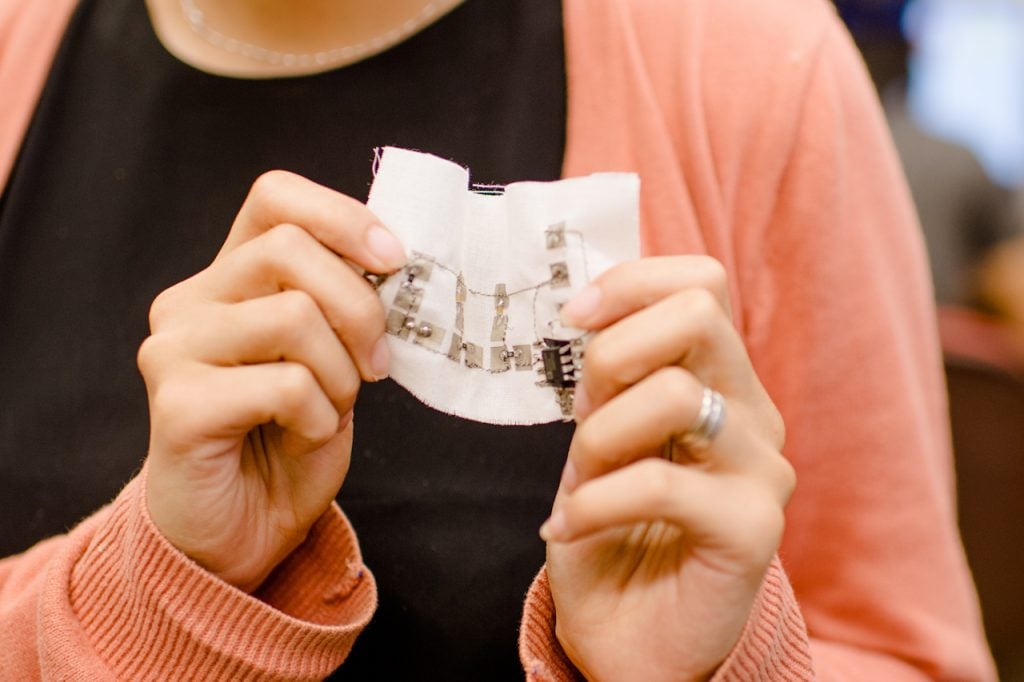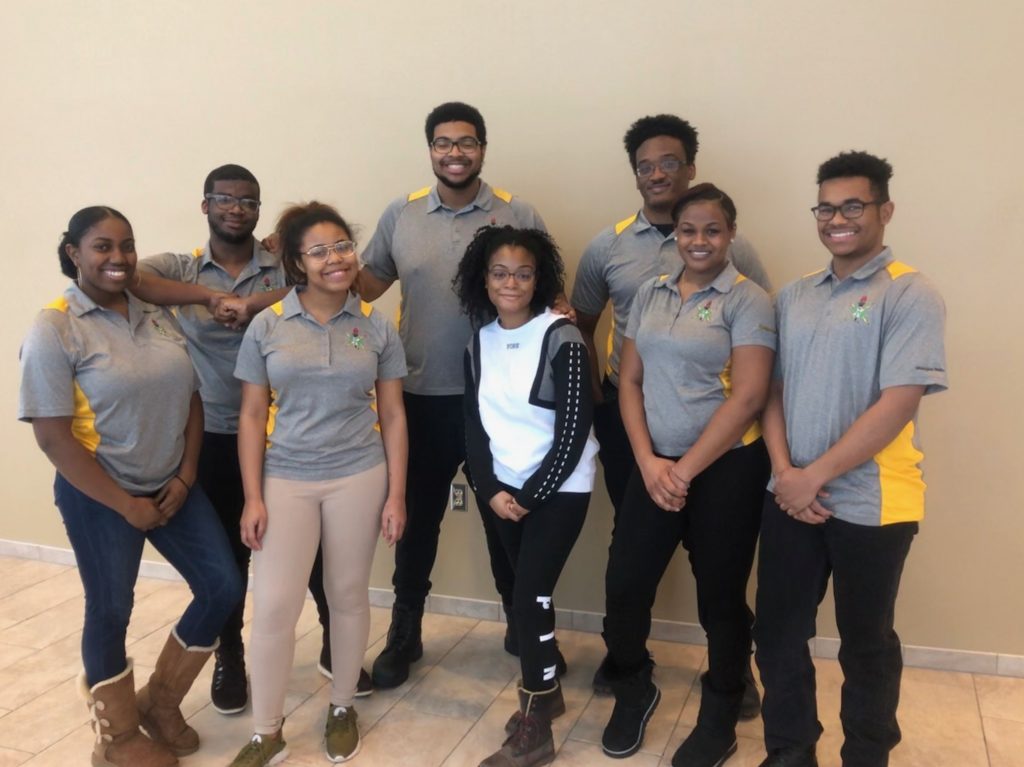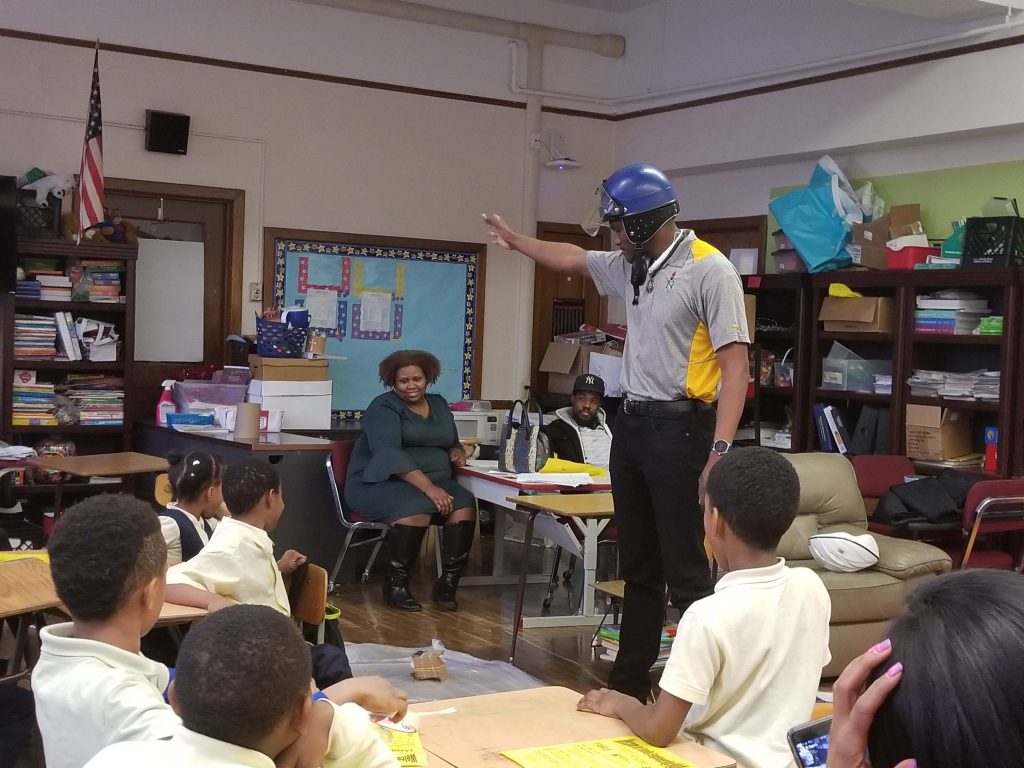Gary Johnson, a Michigan Tech alumnus in Fayetteville Arkansas, tells the story of his second career: “It has taken years to break my engineer’s exacting look, and feel comfortable having people see what they want to see in my work.”
When it comes to the abstract, my inspiration develops as I develop the painting. I always try to utilize the design principles of good balance between geometric and curvilinear shapes, development of value change throughout the painting, and a good use of complementary colors. But it’s all in the eye of the beholder whether you like it or not.
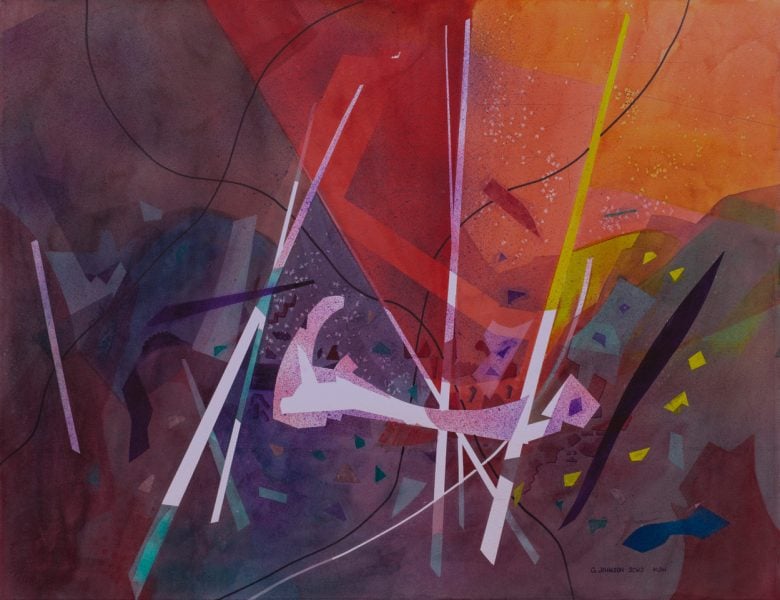
Other times I get inspired by just items around the house that we’ve collected over the years. It dawned on me that I hadn’t painted a still life piece in quite a while, so I started looking at some china pieces we collected and thought they’d make a wonderful painting.

Sometimes it isn’t so much that inspiration finds me, as much as it is that someone commissions a painting. Now that is the ultimate compliment: when someone has seen my work and trusts me to paint something they treasure. This requires a lot of careful consideration on my part to make a determination if I’m up to the task. First, I need a good photograph—not some pixelated picture, but a really good piece I can blow up as if I were right there to see it all with my own eyes. If I can take the photograph myself, so much the better as I like to take advantage of any shadows cast. Here’s one–a portrait of a dog named Maximus.
Portraits are difficult. My advice is this: always make sure you get the eyes right. Everything else from there will work out.

People ask where I paint. We designed our home with a studio in it. This makes it so much more convenient for me as I can wander up anytime during the day or night to work on a painting.
My studio is on the second floor of our house. When I decide I’m too old to walk up and down those stairs (18 in all, and yes, I counted them) it can easily be converted into a master suite or a mother in-law-suite as it has a closet and bathroom next to it. After all, watercolorists need water and a place to rinse out the brushes among other things. It’s approximately 300 square feet—a comfortable size to house my good old-fashioned drafting table, flat files, and shelving units needed to support my habit.
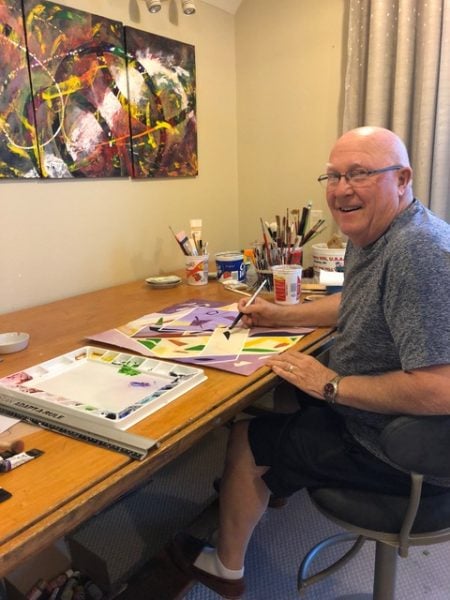
I’m sometimes asked about my outlook on life as an artist. Is it different than my outlook as an engineer/business executive? To be honest, it isn’t much different. I suppose now that I’m retired, I want to be sure I’m alive long enough to achieve some of my long-range goals. Goal setting is something I’ve always done, so not much change there.
I don’t have a concern about what my next job or position might be now that I’m a retired artist. In my working life, I wasn’t always in control of my destiny. That’s one big difference from the working world. If I don’t finish a painting today, I can always work on it tomorrow. I can take as long as I want to finish a painting.
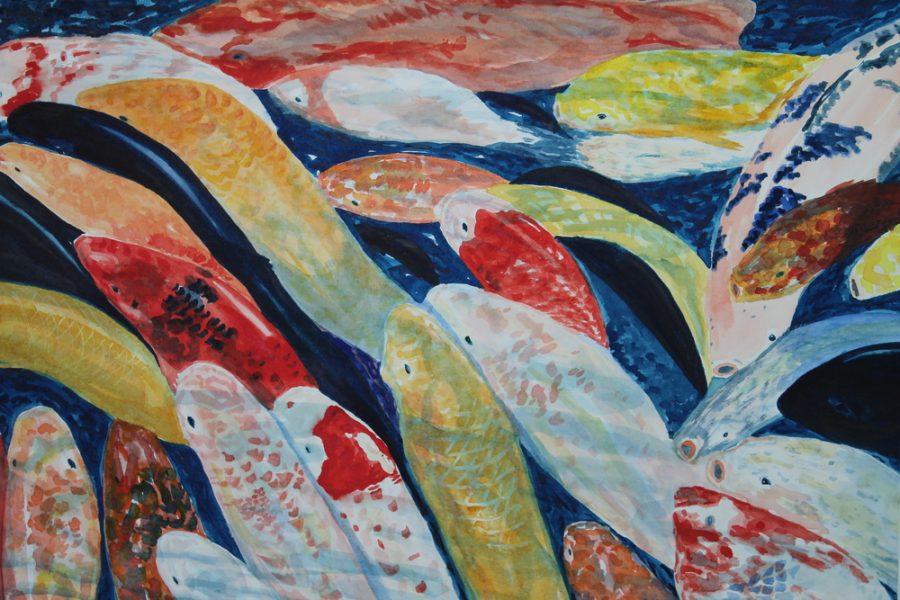
Have I ever experienced a creative block? I sure have. That’s when I usually put the brushes aside and start to read and study another person’s work. It’s also good to make a change in my daily activity as well, to not get stuck in a rut, so to speak. Variety is the spice of life and that is true for artists as well. Change it up. Go fishing. Get outside. You’d be surprised how quickly new ideas can pop up to jumpstart the creative juices and get them flowing again.
Am I a perfectionist? Not really. I would have never taken up watercolor painting. It is extremely unforgiving. When I make an error, I consider it a happy accident and work around it, as opposed to trying to do it over again, or trying to fix it. Neither work well in watercolor painting.
Personality-wise, I’m pretty much an optimist and a fairly outgoing person. I suppose it’s because of the confidence I gained while managing companies and people. I enjoy making new contacts and I enjoy giving back to my community. That’s why I’ve become a teacher of art, and a leader in our art organization here in Fayetteville. I hope I’ve influenced people to become involved in the art scene.
People ask if I have developed a style in my art. I’m still working in it, although people are starting to recognize my abstract pieces more and more as I display them at galleries in the area. More people now say they can easily recognize a piece as one of mine.

Realistically, I think my style is still evolving, growing into a less-structured, photographic type of painting—a looser style that I personally love. It has taken years to break my engineer’s exacting look and feel comfortable having people see what they want to see in my work, as opposed to making it obvious.
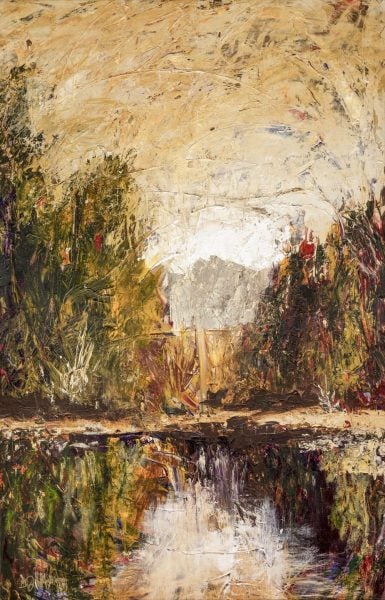
I hope you enjoyed reading my story as much as I’ve enjoyed putting it in writing. Feel free to contact me at garyj357@yahoo.com.
Gary
Coming soon: Part 3 of Gary’s guest blog. Learn how to make your own beautiful watercolor pigments (from rocks), and read his sage advice—both to young people starting out, and those about to move into retirement. Did you happen to miss Part 1? Here’s the link. Want to see more of Gary’s paintings? Find them at garyjohnsonfineart.com
